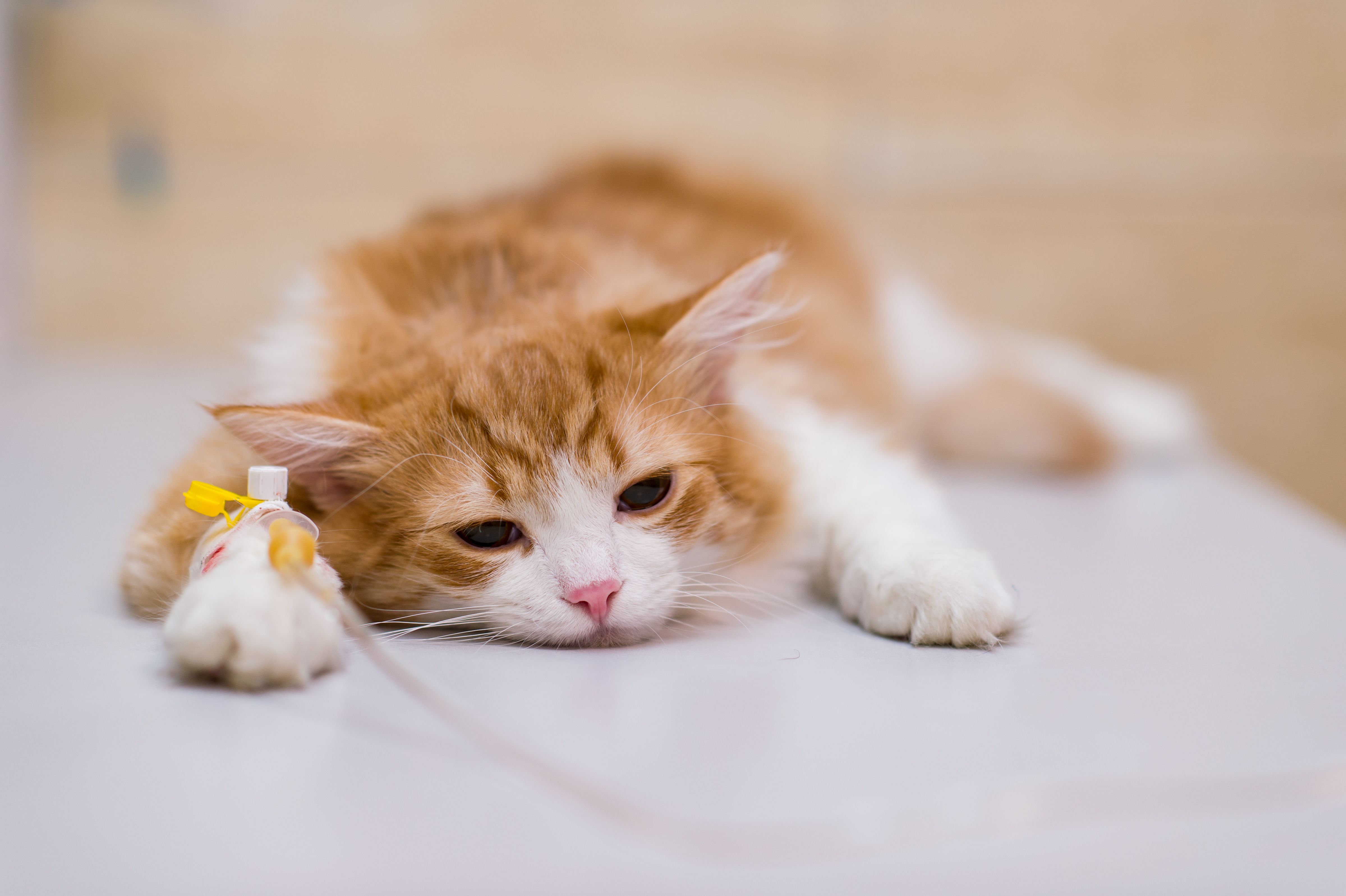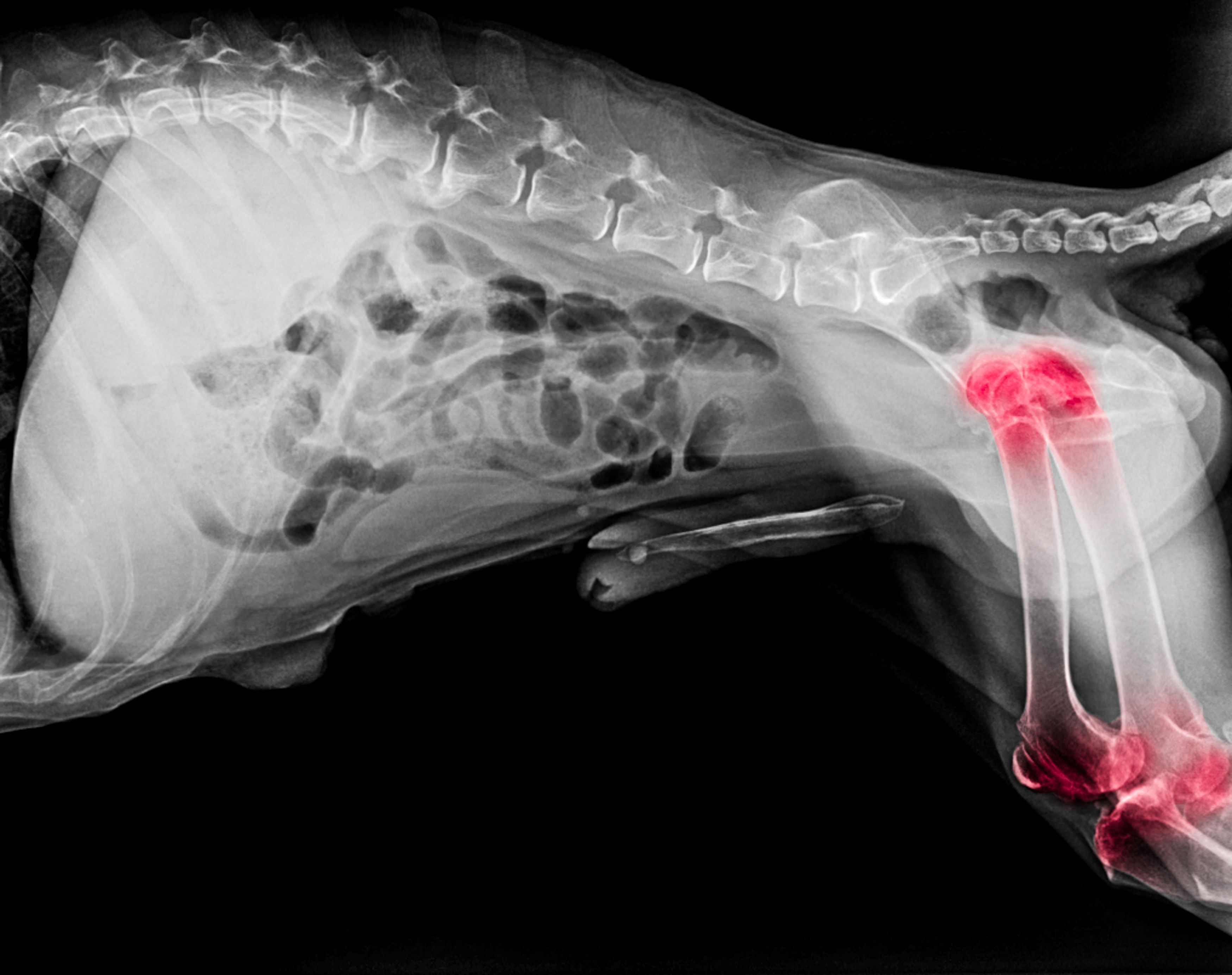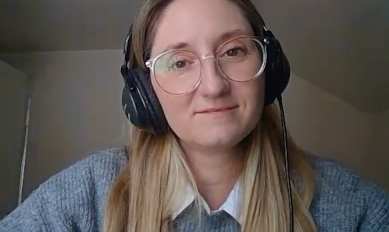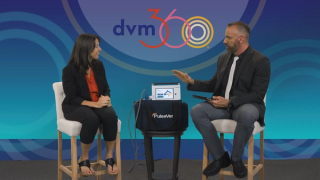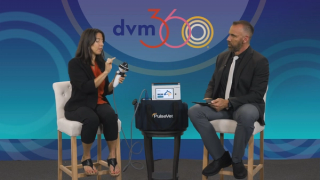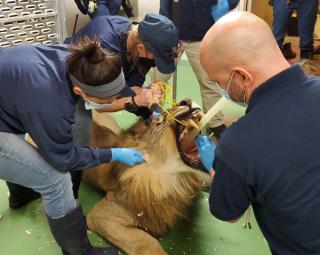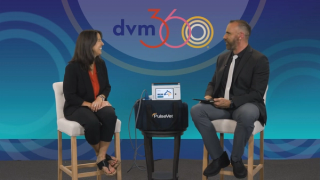
Anesthesiology & Pain Management
Latest News
Latest Videos

More News

In this dvm360® interview, Dr Bryce Dooley explains the pain pathways to help veterinary professionals brush up on their knowledge
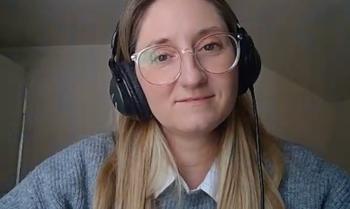
In this dvm360® interview, Tasha McNerney, BS, CVT, CVPP, VTA (Anesthesia and Analgesia), highlights therapies that work effectively with opioids

Zoetis’ bedinvetmab injection is a prescription solution targeting canine nerve growth factor.

In this dvm360® interview, Dr Bryce Dooley outlined what to know about these pain management drugs

In this dvm360® interview, Dr Leilani Alvarez shares 2 categories of ailments this approach can effectively address

In this dvm360® interview, Dr Leilani Alvarez attributes her love for these fields to her upbringing and personal experience as a pet owner

In this dvm360® interview, Tasha McNerney, BS, CVT, CVPP, VTA (Anesthesia and Analgesia), highlights what to bear in mind with brachycephalic patients

In this dvm360® interview, Dr Leilani Alvarez describes what a back dog is, plus previews the lecture she will give at our upcoming symposium on this topic

In this dvm360® interview, Dr Matthew Brunke, describes how Synovetin OA has proved to be a beneficial modality

Study funded by Morris Animal Foundation and conducted by veterinary research team at the University of Saskatchewan, Canada

In this dvm360® interview, Dr Matthew Brunke outlines signs to look for when conducting an orthopedic exam

In an interview with dvm360®, Erica Brandt, CVT, VTS (ECC), discusses how she tackles post-operation pain management for visceral pain

Hypothetical case studies demonstrate how easy it is to make a mistake that deprives pets of desperately needed care

Feline expert sat down with dvm360® to discuss her career and what to expect during keynote address

Assessing pain, maintaining oral health, and monitoring blood work may lead to improved quality of life

Various approaches to tackle this painful condition in cat patients

Veterinary medicine is moving toward a proactive approach
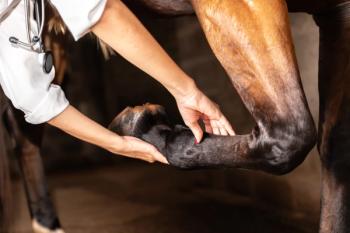
A closer look at the innovative technique for treating painful, swollen limbs

An expert walks clinicians through the technique, positioning, and equipment

Using the right monitor can ensure patients safely receive anesthesia during surgeries

Thinking beyond the femoral head ostectomy and considering the case for a total hip replacement

A study reveals that most veterinarians are not having proactive arthritis discussions with clients
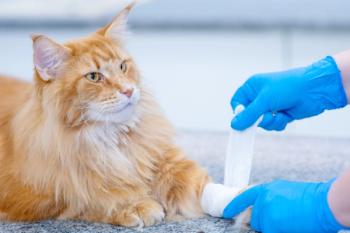
Detecting and relieving pain can be just as essential as resolving the cause of it

We have compiled a countdown of our top 20 articles in 2022, here is number 4

We have compiled a countdown of our top 20 articles in 2022, here is number 7


